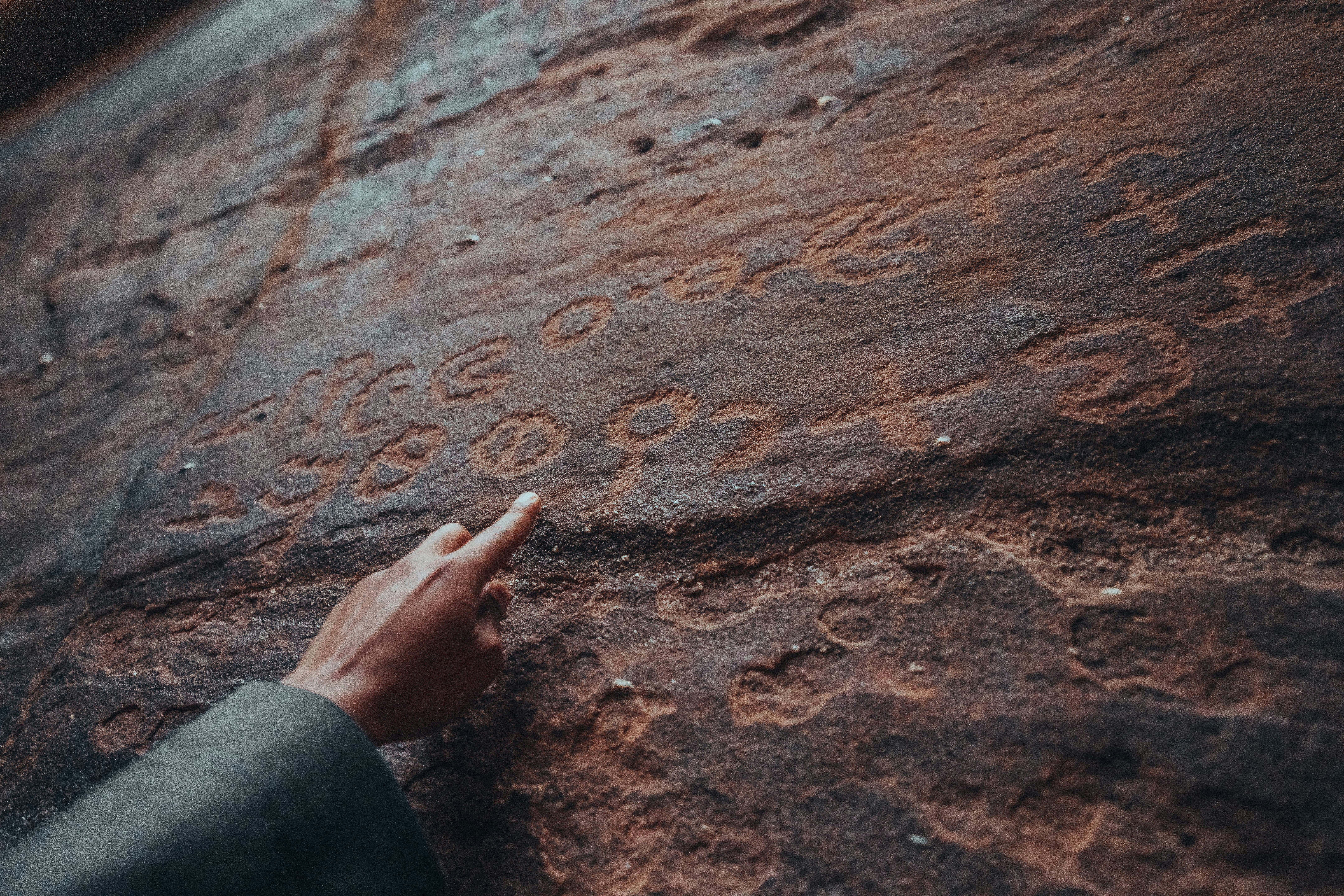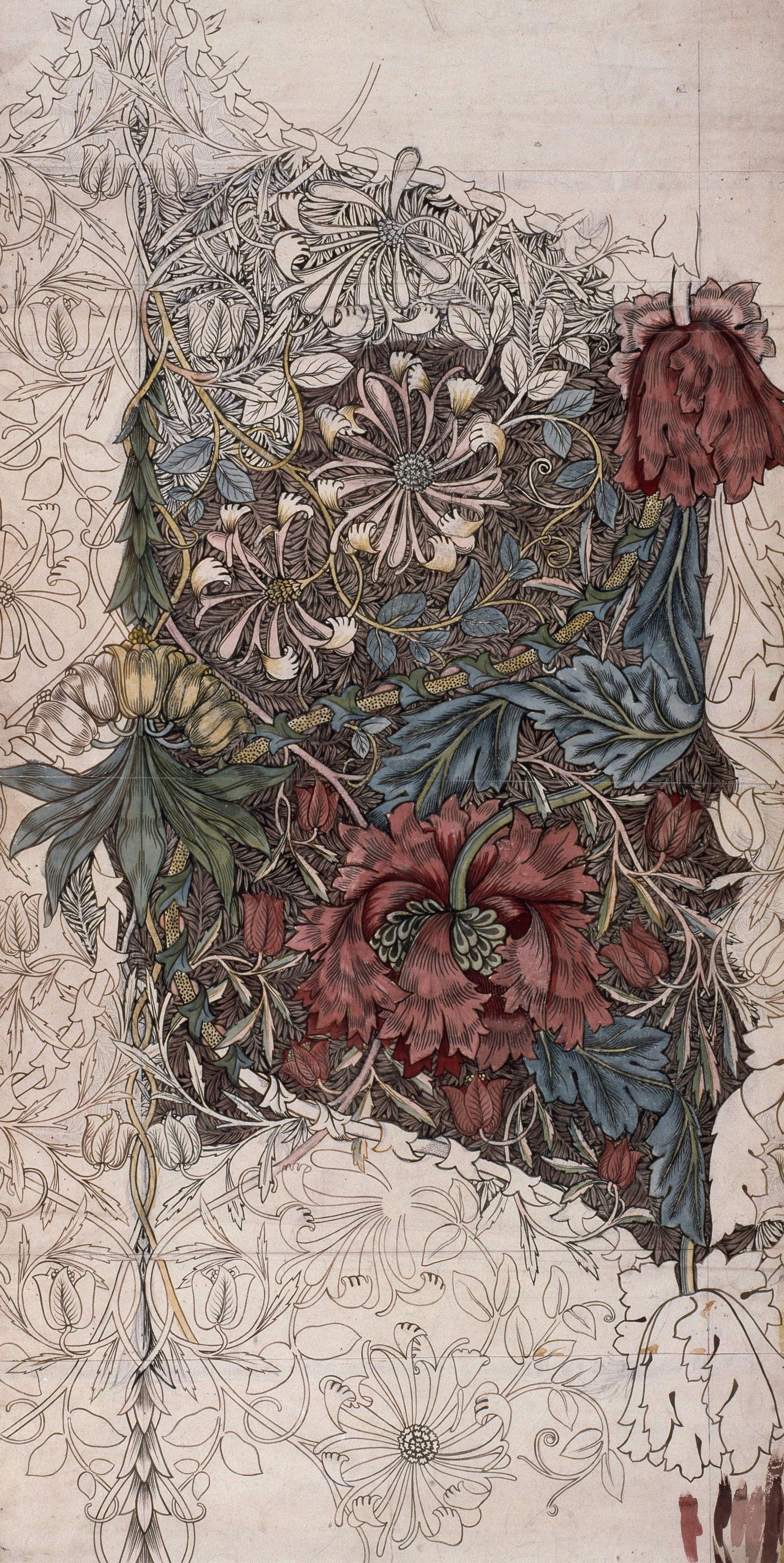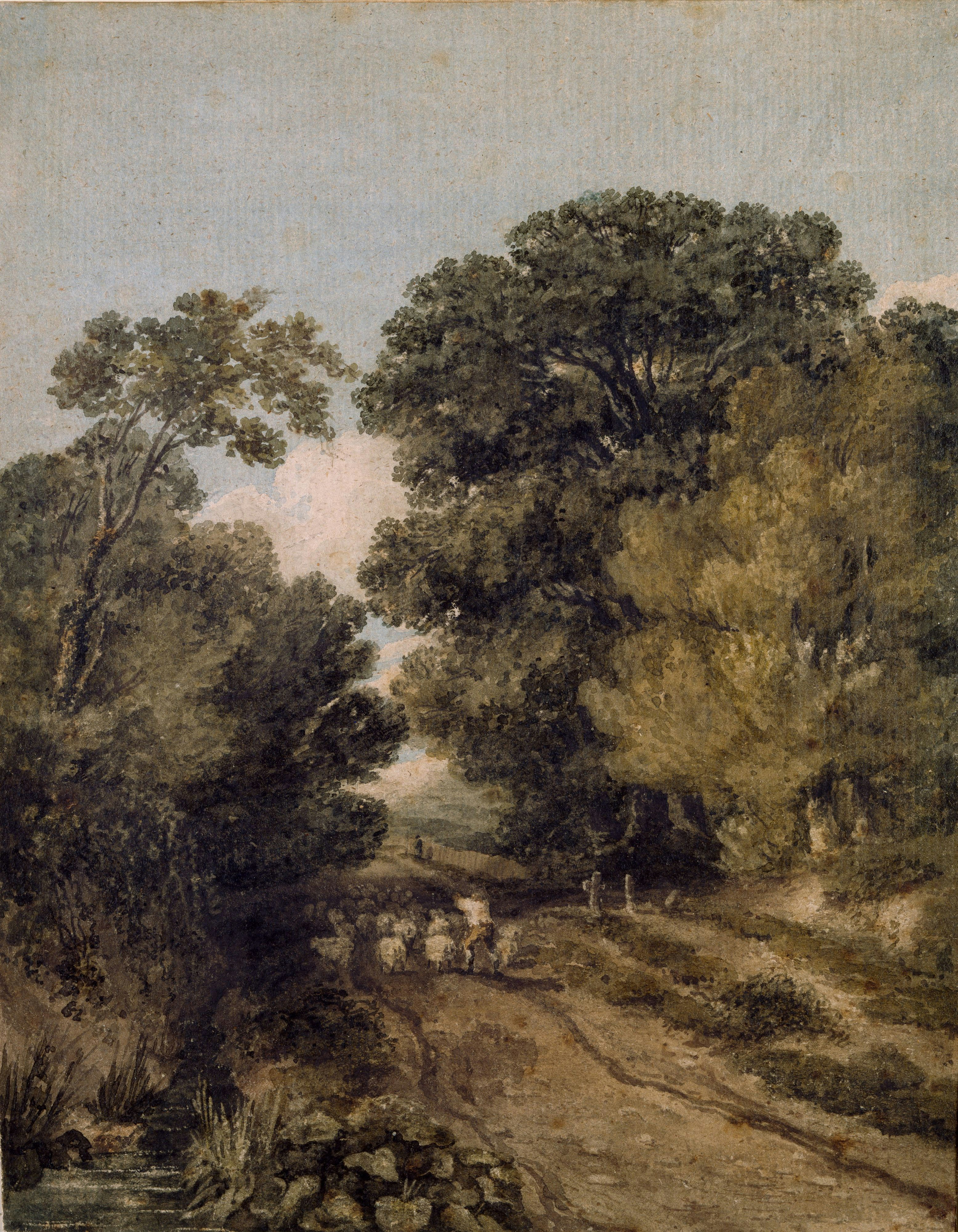I’ve always had a fascination with abstract sculpture and how it has evolved over the years. From the Cubist movement to the minimalistic approach, these sculptures have a way of captivating the viewer and leaving them in awe. In this comprehensive guide, I’ll be taking you on a journey through the evolution of abstract sculpture, exploring the different styles, techniques, and artists that have contributed to its development. Brace yourself for a visual feast of creativity and innovation as we delve into the world of abstract sculpture.

Defining Abstract Sculpture
Abstract sculpture is a form of art that breaks away from the traditional representation of the physical world. It explores the use of shapes, colors, and textures to convey emotions, ideas, or concepts. Unlike figurative sculpture, which aims to depict recognizable objects, abstract sculpture focuses on the essence rather than the appearance of the subject matter. By eliminating or distorting realistic forms, abstract sculpture invites viewers to interpret and engage with the artwork on a deeper, more personal level.
The concept of abstraction in art
The concept of abstraction in art dates back to ancient times, with early examples found in cave paintings and primitive carvings. However, it truly emerged as a distinct movement in the early 20th century, coinciding with the advent of modernism in art. Abstract art, including sculpture, was a radical departure from the realistic conventions of the past, challenging traditional notions of beauty and representation.
Key characteristics of abstract sculpture
Abstract sculpture is characterized by its emphasis on form, line, color, and texture, rather than depicting specific objects or figures. It often features geometric shapes, organic forms, or a combination of both. The use of unconventional materials and techniques is also common in abstract sculpture, allowing artists to push the boundaries of their creativity. Ultimately, the goal of abstract sculpture is to evoke emotions, provoke thoughts, and challenge the viewer’s perception of the world.
Distinction between abstract and figurative sculpture
While both abstract and figurative sculptures use three-dimensional forms, they differ in their representation of the subject matter. Figurative sculpture aims to depict recognizable objects, such as the human body or animals, while abstract sculpture distorts or eliminates realistic forms altogether. Figurative sculpture tends to be more representational and descriptive, while abstract sculpture is focused on the expression of ideas, emotions, or concepts. It is important to note, however, that the line between abstract and figurative sculpture can sometimes be blurred, as artists often explore the boundaries between the two approaches.
Origins of Abstract Sculpture
Prehistoric and ancient influences
The origins of abstract sculpture can be traced back to prehistoric times, where early humans created rudimentary carvings and cave paintings that emphasized basic shapes and patterns. These abstract representations likely served religious, ritualistic, or symbolic purposes. The influence of abstraction can also be seen in ancient civilizations such as Egypt, Mesopotamia, and the Mayan culture, where geometric motifs and stylized forms were commonly used in sculpture.
The impact of non-Western cultures
Non-Western cultures, such as African, Oceanic, and Native American art, had a significant impact on the development of abstract sculpture. These cultures often incorporated abstract forms and symbolic representations into their artworks, emphasizing the spiritual and ritualistic aspects of their societies. The intricate carvings, masks, and totem poles created by these cultures inspired many Western artists to explore abstraction in their own work.
Early 20th century and the advent of modernism
The early 20th century marked a turning point in the history of abstract sculpture, coinciding with the rise of modernism in art. Artists began to challenge the traditional academic approach to sculpture, rejecting the need for realistic representation. The advent of movements such as Cubism, Futurism, and Constructivism provided a platform for artists to experiment with abstract forms and concepts, pushing the boundaries of traditional sculpture.

Pioneers of Abstract Sculpture
Constantin Brancusi and the simplification of forms
One of the pioneers of abstract sculpture is Constantin Brancusi, whose work revolutionized the field. Brancusi sought to distill the essence of his subjects by simplifying their forms. His sculptures, such as “Bird in Space” and “The Kiss,” feature smooth, polished surfaces and streamlined shapes that emphasize the essence of the objects rather than their detailed representation. Brancusi’s minimalist approach to sculpture greatly influenced the development of abstract art.
Henry Moore and organic abstraction
Henry Moore is another influential figure in the world of abstract sculpture. His sculptural work often explores organic and biomorphic forms, inspired by natural shapes such as bones, rocks, and shells. Moore’s sculptures, such as his iconic “Reclining Figures,” capture the human form in a highly abstracted manner, blurring the boundaries between the figurative and the abstract. His innovative use of negative space and his exploration of the relationship between the sculpture and the surrounding environment have had a profound impact on the field.
Barbara Hepworth and the integration of space
Barbara Hepworth, a British sculptor, was known for her innovative approach to abstract sculpture. She was particularly interested in the interplay between the sculpture and the space it occupies, often incorporating holes and voids in her work. Hepworth’s sculptures, such as “Single Form” and “Three Forms,” feature organic shapes and geometric elements that interact with the surrounding environment. Her emphasis on the integration of space and sculpture has influenced subsequent generations of artists.
Materials and Techniques
Traditional materials: stone, wood, metal
Traditionally, abstract sculpture was created using materials such as stone, wood, and metal. Stone, such as marble or granite, provided a durable and tactile surface for sculptors to work with. Wood offered a more malleable medium, allowing artists to carve intricate details and organic forms. Metal, particularly bronze, was often used for casting sculptures, enabling artists to create larger-scale works with intricate textures.
Innovative materials: plastics, glass, mixed media
Innovations in materials during the 20th century expanded the possibilities for abstract sculpture. Plastics, such as acrylic or polyester resin, opened up new avenues for experimentation, allowing artists to create sculptures with vibrant colors and translucent effects. Glass, with its unique transparency and reflection, became a popular medium for abstract sculpture. Additionally, artists started incorporating mixed media techniques, combining different materials, such as found objects, textiles, or even technology, to create multi-dimensional sculptures.
Techniques evolution: carving, casting, assembling
The techniques used in abstract sculpture have also evolved over time. Carving, the process of removing material from a solid block, has been a traditional method employed by sculptors for centuries. Casting, on the other hand, involves creating a mold and pouring a molten material, such as bronze or plaster, into it. Assembling, a technique popularized by artists like Alexander Calder, involves joining different elements or objects together to create a sculpture. These techniques allow artists to explore different approaches to form, texture, and composition in their abstract sculptures.

Abstract Sculpture and Movements
Cubism and its impact
Cubism, one of the most influential art movements of the early 20th century, had a significant impact on abstract sculpture. Developed by Pablo Picasso and Georges Braque, Cubism challenged the traditional perspective and representation of objects in art. Cubist sculptures break down the subject matter into geometric shapes and multiple viewpoints, offering a fragmented and abstracted representation of reality. This fragmented approach to form and representation influenced abstract sculptors to explore new ways of depicting the world.
Surrealism and the embrace of the subconscious
Surrealism, an art movement that emerged in the 1920s, embraced the power of the subconscious and the irrational. Surrealist sculptors, such as Salvador Dali and Alberto Giacometti, created abstract sculptures that captured dream-like or absurd imagery. These sculptures often defied traditional notions of scale, proportion, and reality, inviting viewers to tap into their own subconscious and interpret the artworks on a deeper level.
Minimalism: reduction and repetition
In the mid-20th century, the Minimalist movement emerged as a response to the complexity and emotionality of abstract expressionism. Minimalist sculptors, such as Donald Judd and Dan Flavin, focused on reducing art to its essential elements, employing simple geometric forms, repetition, and industrial materials. Minimalist sculptures often have a sense of precision and objectivity, emphasizing the purity of form and the viewer’s engagement with the physical presence of the artwork.
Postmodernism and diversity
Postmodernism, which emerged in the late 20th century, brought a more diverse and inclusive approach to abstract sculpture. Postmodernist artists, such as Jenny Holzer and Jeff Koons, challenged traditional notions of art by incorporating elements of popular culture, consumerism, and mass media into their sculptures. Postmodernist sculptures often blur the line between high and low culture, embracing a wide range of materials, techniques, and concepts. This diversity reflects the changing social, cultural, and political landscape of the contemporary world.
Interplay with Space and Environment
Sculpture as an environmental intervention
Abstract sculpture has the unique ability to interact with and transform the spaces it occupies. Sculptors, such as Richard Serra and James Turrell, have created large-scale artworks that challenge our perception of space and the environment. Their sculptures often invite viewers to physically engage with the artwork, moving around and through the sculptural forms. By integrating the sculpture with the surrounding environment, these artists create immersive and transformative experiences for the viewer.
The relationship between the viewer and the sculpture
The viewer’s relationship with abstract sculpture is an integral part of the experience. Unlike figurative sculpture, which can be immediately recognized and understood, abstract sculpture requires the viewer to actively engage with the artwork and bring their own interpretation and emotions to the table. The absence of a defined subject matter allows for a more personal and subjective experience, as viewers project their own thoughts, memories, and associations onto the abstract forms.
Public art and large-scale installations
Abstract sculpture has become a prominent feature in public spaces and urban environments. Large-scale installations, such as Anish Kapoor’s “Cloud Gate” in Chicago or Maya Lin’s Vietnam Veterans Memorial in Washington, D.C., provide a sense of scale and monumentality that captivates and engages the public. Abstract sculptures in public spaces often serve as landmarks, focal points, or catalysts for social interaction, enhancing the aesthetics and cultural identity of the surrounding area.

Notable Abstract Sculptures and Their Analysis
Brancusi’s ‘Endless Column’: an exploration of infinity
Constantin Brancusi’s “Endless Column” is a seminal work of abstract sculpture that embodies the artist’s exploration of the concept of infinity. The sculpture consists of a series of identical, stacked cylindrical modules that seem to extend endlessly upwards. Brancusi’s use of repetition and verticality creates a sense of rhythm and movement, inviting viewers to contemplate the infinite possibilities contained within the sculpture.
Moore’s ‘Reclining Figures’: human form and landscape
Henry Moore’s series of “Reclining Figures” exemplifies his distinctive approach to abstract sculpture. His sculptures, characterized by smooth, curvilinear forms, fuse the human figure with elements of the landscape. By blurring the boundaries between the organic and the inorganic, Moore explores the relationship between the human body and the natural world. The reclining pose, a recurring theme in Moore’s work, symbolizes relaxation, contemplation, and the connection between the human and the earth.
Richard Serra’s ‘Torqued Ellipses’: materiality and space
Richard Serra’s monumental sculptures, such as the “Torqued Ellipses” series, push the boundaries of abstract sculpture by emphasizing materiality and space. These large-scale, weathered steel sculptures curve and twist, creating a sense of movement and dynamism. Serra’s sculptures interact with the surrounding environment, encouraging viewers to walk through and around the massive forms. The massive scale and weight of these sculptures evoke a sense of physicality and create an immersive experience for the viewer.
Contemporary Abstract Sculptors
Emerging talents and their innovative approaches
In the contemporary art world, there are numerous emerging abstract sculptors pushing the boundaries of the discipline. Artists like Rachel Whiteread, Olafur Eliasson, and Nairy Baghramian are known for their innovative approaches to abstract sculpture. Whiteread’s sculptural works often explore negative spaces and the casting of empty interiors, while Eliasson creates immersive installations that incorporate light, color, and natural elements. Baghramian’s sculptures challenge traditional notions of form and function, incorporating architectural elements and tactile materials.
Use of digital technology in creation
The use of digital technology has revolutionized the field of abstract sculpture, allowing artists to explore new possibilities and push the boundaries of their creativity. 3D printing and computer modeling have made it easier to prototype and create complex forms, enabling artists to experiment with intricate geometries and non-traditional materials. Artists like Anish Kapoor and Zaha Hadid have embraced digital technology in their sculptural practices, incorporating advanced techniques and materials in their works.
Sustainability and eco-conscious materials
With the increasing focus on sustainable practices, many contemporary abstract sculptors are exploring eco-conscious materials and techniques. Artists are turning to recycled materials, natural fibers, and renewable resources to create their sculptures, reducing their environmental impact. Additionally, artists are using their sculptures to raise awareness about pressing environmental issues, such as climate change, pollution, and the depletion of natural resources. Through their work, these sculptors advocate for a more sustainable and conscious approach to art-making.
Exhibiting Abstract Sculpture
Challenges in displaying abstract art
Exhibiting abstract sculpture presents unique challenges for curators and gallery owners. Unlike figurative art, which often relies on recognizable subjects to captivate viewers, abstract sculpture requires a different approach to presentation. Curators must consider the placement of the sculptures in relation to each other and the surrounding space, taking into account factors such as lighting, scale, and viewer interaction. Providing contextual information and educational resources can also enhance the viewer’s understanding and appreciation of the abstract sculptures on display.
Important galleries and museums
Galleries and museums around the world provide valuable platforms for the exhibition and appreciation of abstract sculpture. The Museum of Modern Art (MoMA) in New York, Tate Modern in London, and the Centre Pompidou in Paris are renowned institutions that regularly showcase abstract sculpture. These institutions not only display a wide range of works from different periods and movements but also offer educational programs, guided tours, and publications to engage visitors with abstract sculpture.
Virtual exhibitions and accessibility
Digital technology has significantly expanded the accessibility of abstract sculpture through virtual exhibitions. Online platforms and virtual galleries allow viewers to explore and experience abstract sculptures from the comfort of their own homes. Virtual exhibitions provide an immersive and interactive experience, offering 360-degree views of the sculptures and supplementary educational materials. This accessibility is particularly important for individuals who may have limited physical mobility or lack access to physical exhibition spaces.
Understanding and Appreciating Abstract Sculpture
Educational resources and guides
Many educational resources and guides are available to help individuals understand and appreciate abstract sculpture. Books, documentaries, and online resources offer insights into the history, techniques, and concepts of abstract sculpture. These resources provide valuable context and information about the artists, movements, and works that have shaped the field. Educational programs and workshops offered by museums and art institutions also provide practical opportunities for individuals to engage with abstract sculpture and develop a deeper understanding of its significance.
The importance of personal interpretation
One of the unique aspects of abstract sculpture is that it invites personal interpretation and emotional engagement from the viewer. The absence of a concrete narrative or recognizable subject matter allows viewers to project their own thoughts, feelings, and experiences onto the artwork. This subjective experience is an integral part of the appreciation of abstract sculpture, as it allows individuals to form their own connections and meanings, fostering a deeper and more personal connection to the artwork.
How to start collecting abstract sculptures
Collecting abstract sculptures can be an exciting and rewarding endeavor. When starting a collection, it is important to research and educate oneself about different artists, styles, and movements within abstract sculpture. Visiting galleries, museums, and art fairs can provide opportunities to view and learn about different sculptures firsthand. Building relationships with artists, galleries, and art advisors can also help navigate the art market and make informed purchasing decisions. Ultimately, collecting abstract sculptures should be a personal and passionate journey, allowing individuals to curate a collection that reflects their own aesthetic preferences and interests.
In conclusion, abstract sculpture has a rich and diverse history, constantly evolving and challenging traditional notions of art and representation. From its origins in prehistoric times to the advent of modernism and the contemporary art scene, abstract sculpture has captivated audiences with its emphasis on form, color, and texture. Through the works of pioneers like Brancusi, Moore, and Hepworth, as well as contemporary artists pushing the boundaries of the medium, abstract sculpture continues to provoke thought, evoke emotions, and expand our perception of the world. By engaging with abstract sculpture, whether through visiting exhibitions or starting a collection, individuals can immerse themselves in a world of creativity, imagination, and personal interpretation.
